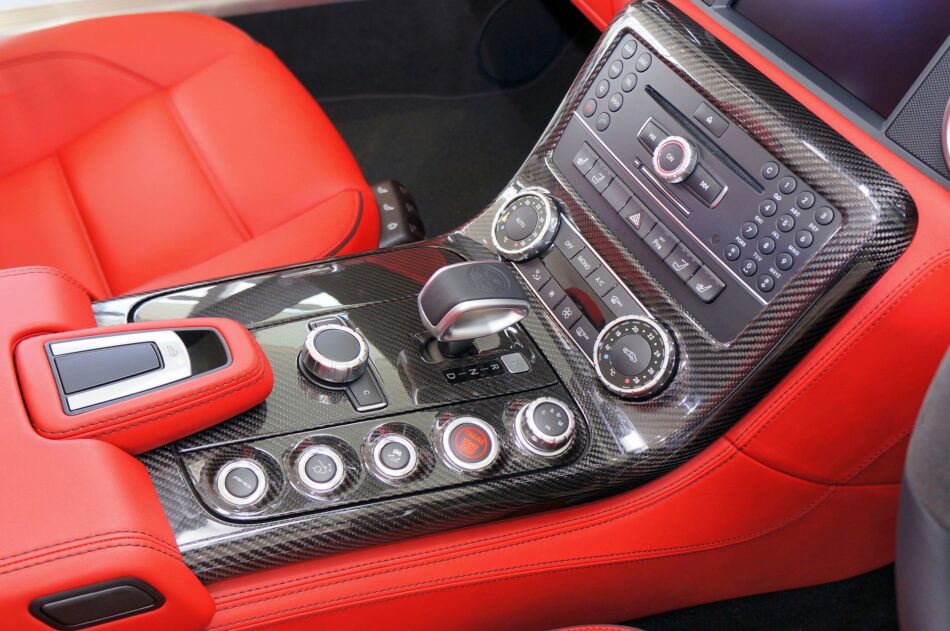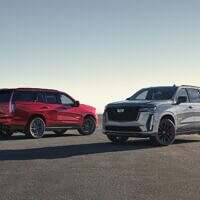Once upon a time, in a not-so-faraway land of automotive design, the idea of touching a screen to control your car’s functions was as far-fetched as a self-driving pumpkin carriage.
Yet, here we are, in an era where the sleek sheen of digital dashboards is rendering the once-beloved physical buttons and knobs as quaint relics of a tactile past. Let’s explore, with tongue firmly in cheek, why these manual controls are as overrated as a floppy disk at a cloud computing conference.
The Aesthetic Argument: From Functional to Fossil
Remember when having a car with lots of buttons and knobs was a sign of luxury? It was like wearing a watch with more dials than you had deadlines. But now, walking into a car with a physical dashboard is like stepping into a time machine set to “nostalgic discomfort.” The clean, minimalist aesthetic of digital dashboards not only makes your car’s interior look like it was designed in the future but also saves you from the embarrassment of explaining what all those extra knobs do.
The Multitasking Marvel
A button, once committed to a function, is forever bound to its singular fate. A tragic hero of sorts, limited by its own design. Digital dashboards, on the other hand, are the shapeshifters of the automotive world.
With the flick of a finger, they transform from a navigation aid to a music player, to a comprehensive vehicle diagnostic tool. Why settle for a one-trick pony when you could have a digital Swiss Army knife?
The Space-Saving Saviors
Physical buttons and knobs are the spatial equivalent of that friend who comes over and leaves their belongings scattered all over your living room. They take up valuable real estate that could be better used for, well, virtually anything else.
Digital dashboards streamline the cockpit, freeing up space for more important things like extra cup holders or a spot to rest your smartphone.
The Reliability Riddle
Critics of digital dashboards often tout the reliability of physical controls. “What if the screen freezes?” they ask, visions of a digital apocalypse flashing before their eyes. Yet, anyone who’s ever had a knob fall off in their hand knows that physical buttons are not without their faults. Plus, in the unlikely event of a screen freeze, the modern solution is simple: Turn it off and on again. If that fails, there’s always the roadside assistance number, conveniently stored in your digital phonebook.
In Conclusion
While physical buttons and knobs have their charm, akin to a rotary phone or a manual typewriter, the digital dashboard is the undeniable wave of the future. As we cruise into an era of increasing connectivity and automation, the argument for clinging to the past becomes as flimsy as a map in the age of GPS.
So, let’s embrace the digital dash with open arms and a finger poised for swiping. After all, who needs a physical button when you have the power of touch?



